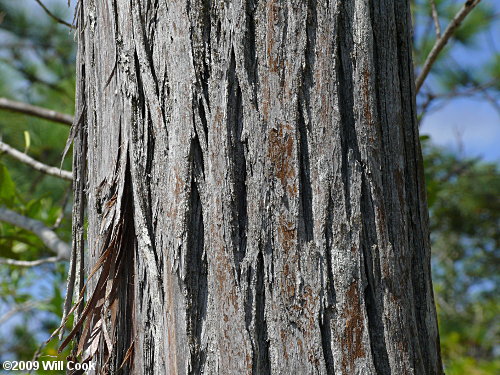
Bark of Taxodium ascendens (Copyright W. Cook)

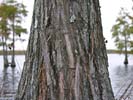
Bark of Taxodium ascendens (Copyright W. Cook)
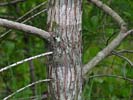
Bark of Taxodium ascendens (Copyright W. Cook)

Twig of Taxodium ascendens (Photo: A. Krings, CC BY-NC-SA 3.0)

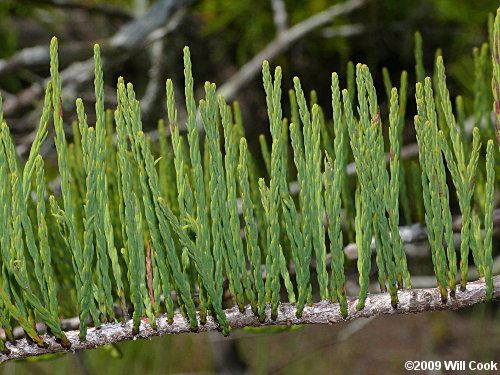
Taxodium ascendens (Copyright W. Cook)

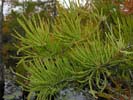
Taxodium ascendens (Copyright W. Cook)
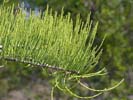
Taxodium ascendens (Copyright W. Cook)
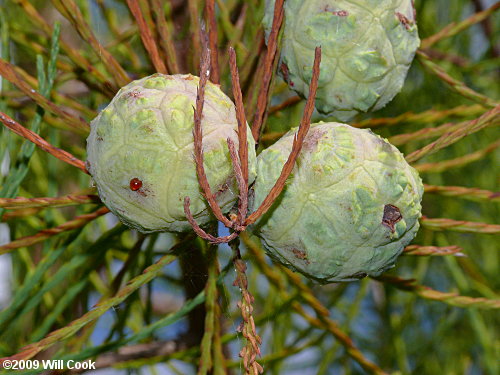
Female cone of Taxodium ascendens (Copyright W. Cook)

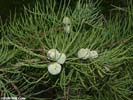
Female cone of Taxodium ascendens (Copyright W. Cook)
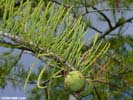
Female cone of Taxodium ascendens (Copyright W. Cook)
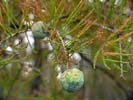
Female cone of Taxodium ascendens (Copyright W. Cook)
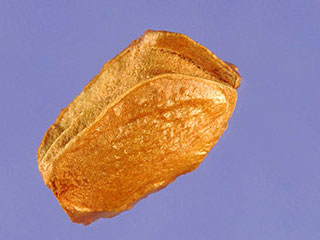
Seeds of Taxodium ascendens (Photo: S. Hurst)

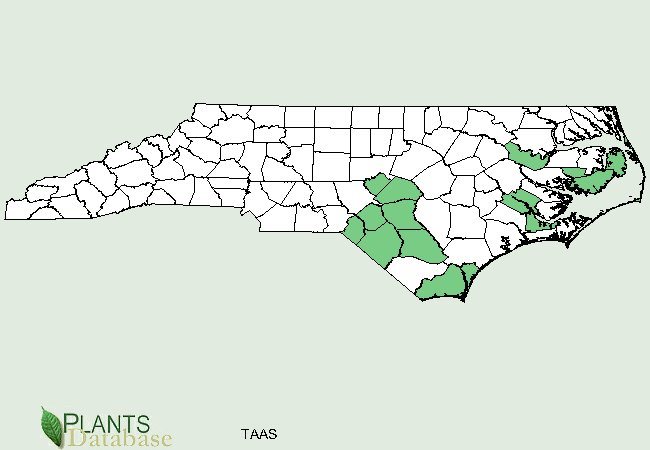
N.C. distribution of Taxodium ascendens

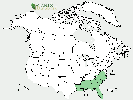
U.S. distribution of Taxodium ascendens
Taxodium ascendens (Pond-cypress)
(Common; limesink ponds [dolines], clay-based Carolina bays, wet savannas, pocosins and other wet, peaty habitats, shores of natural blackwater lakes, swamps of blackwater streams; CP; Fl: Mar-Apr, Fr: Oct)




